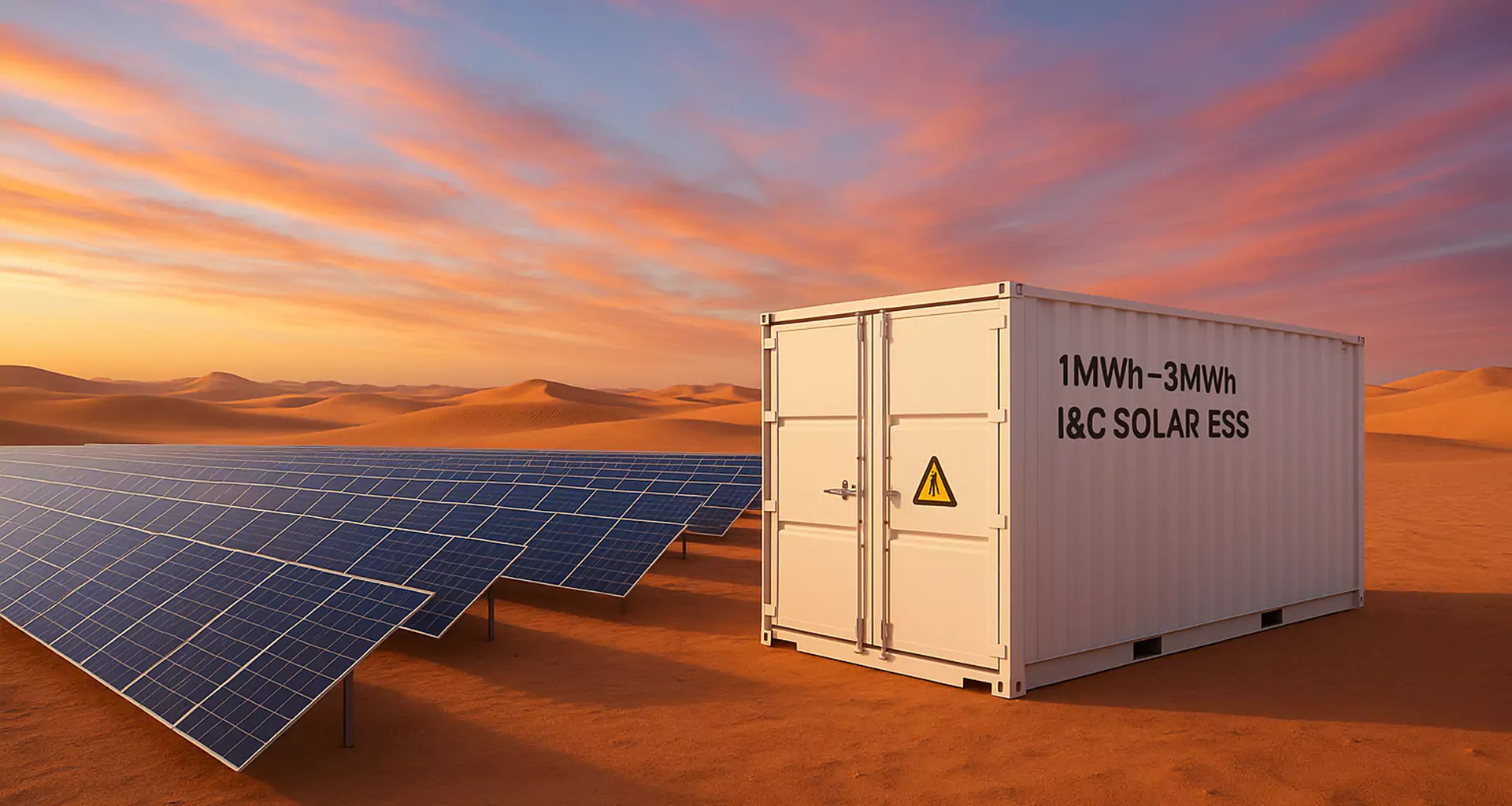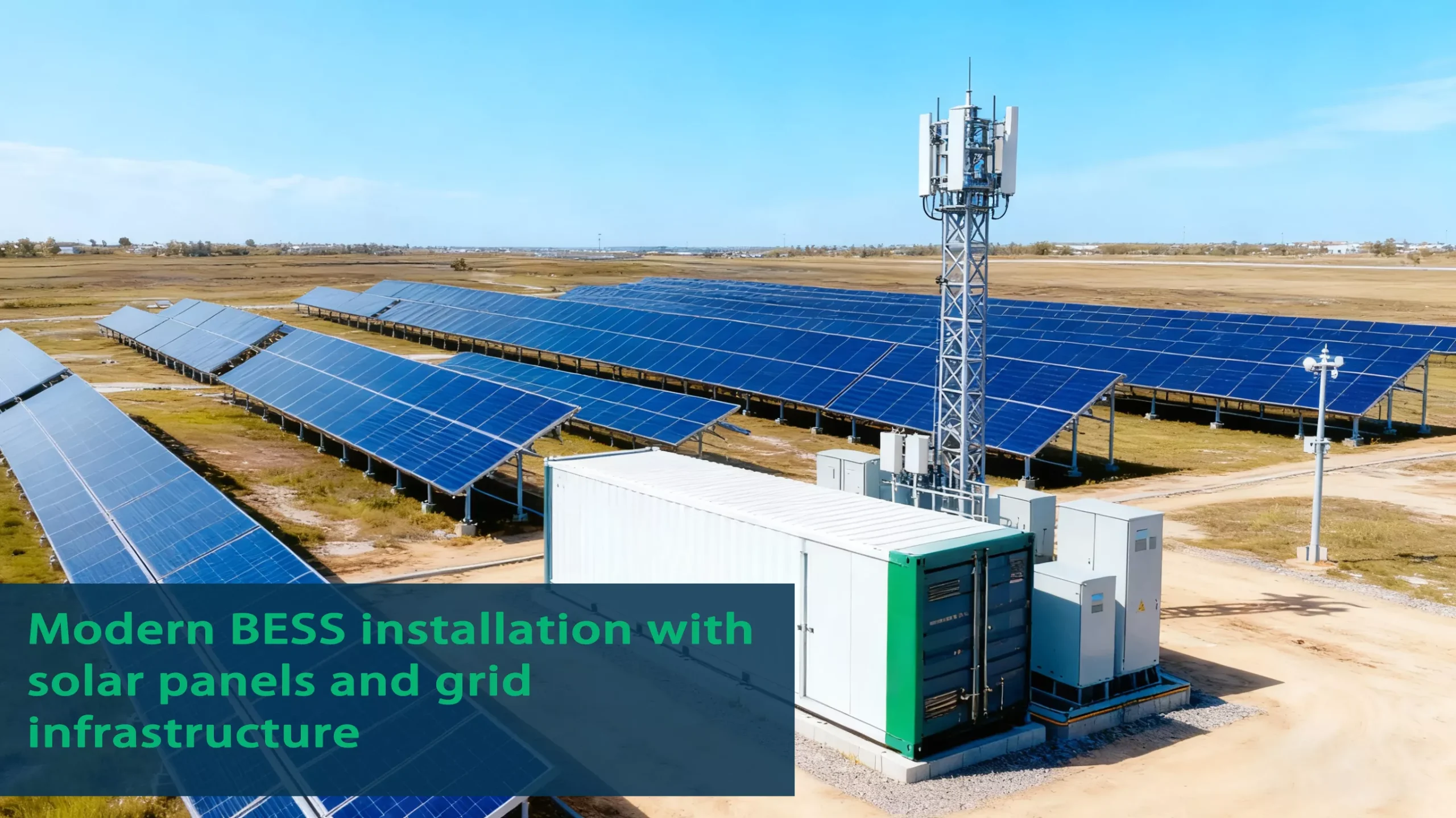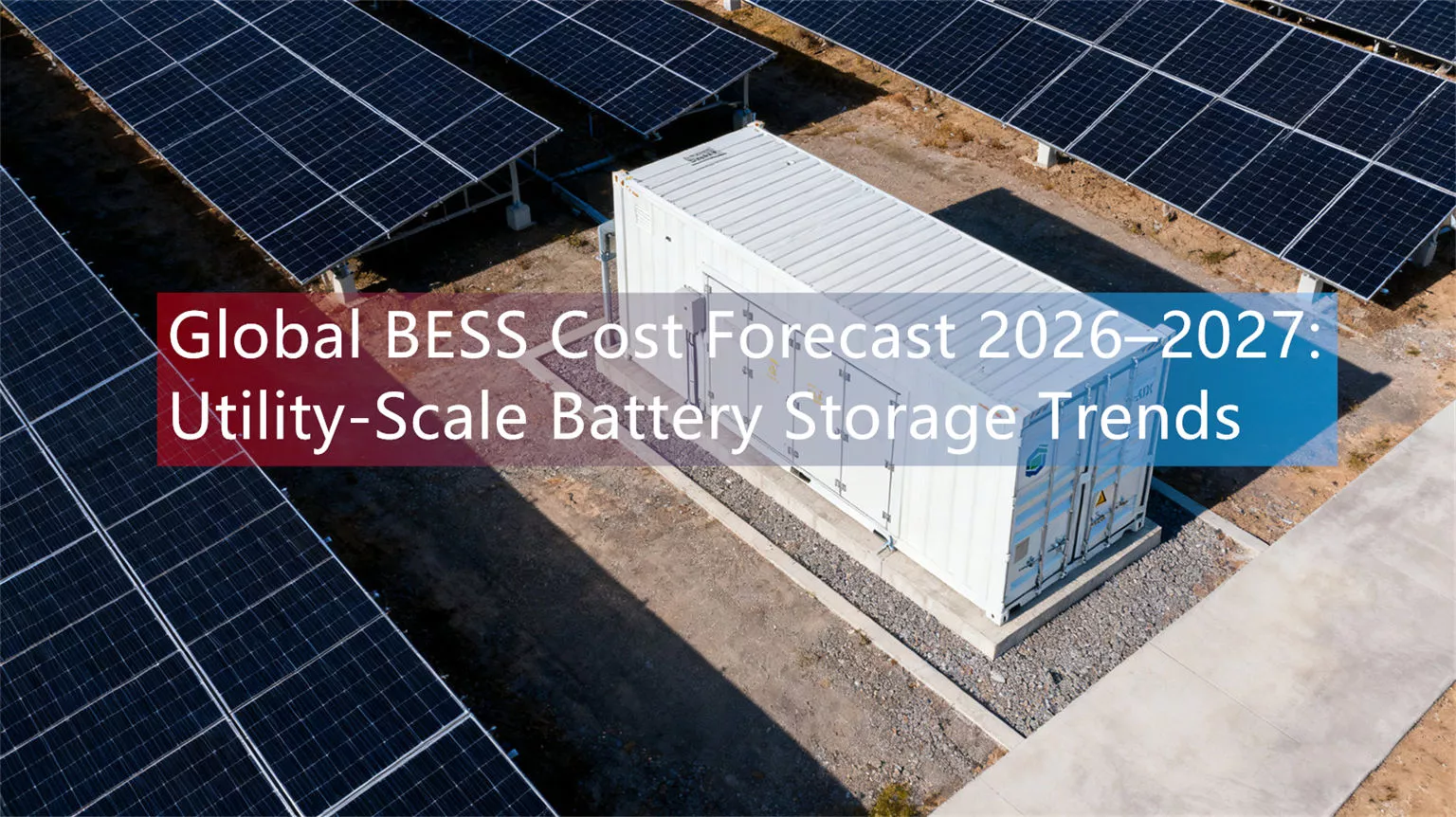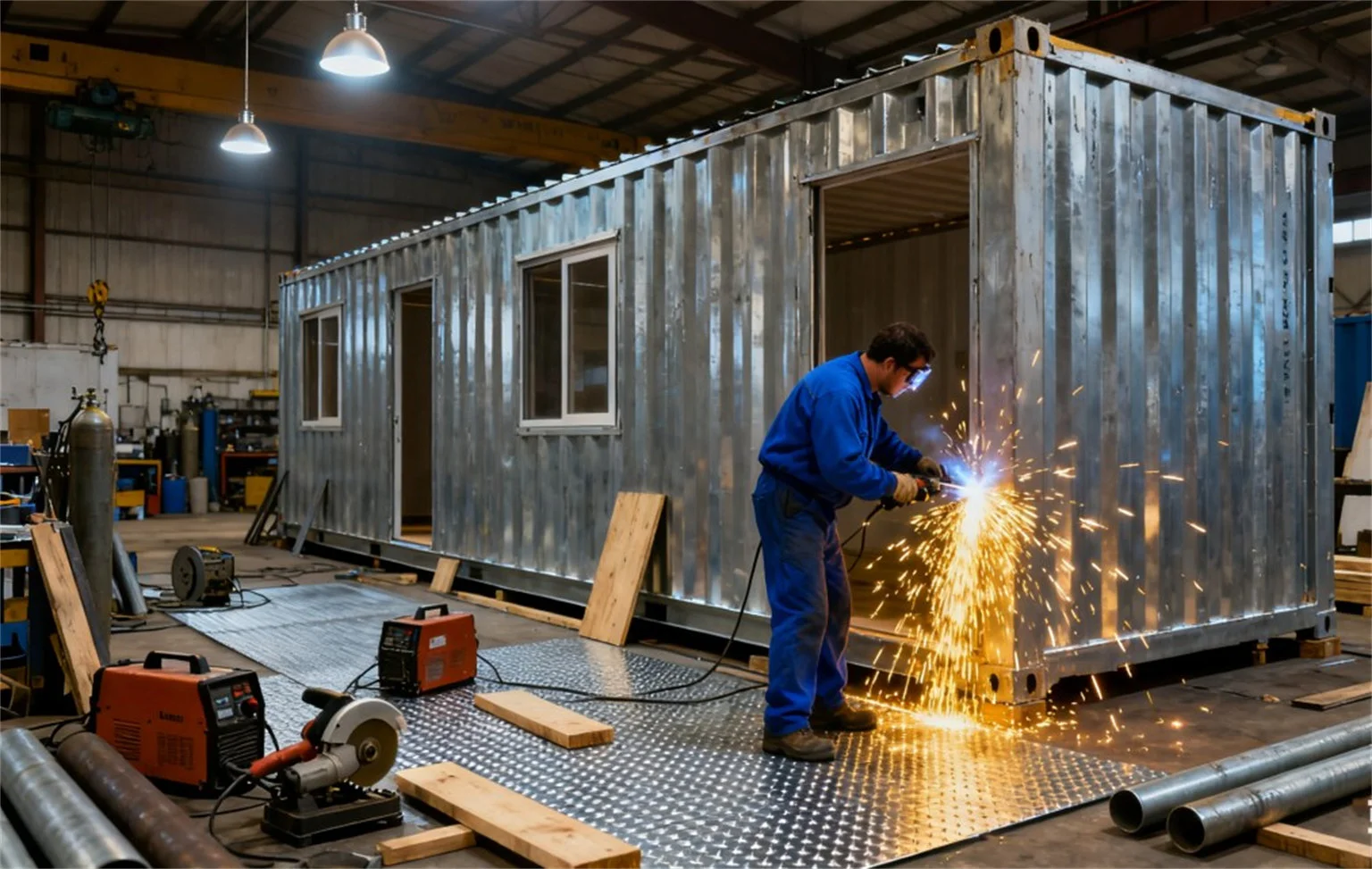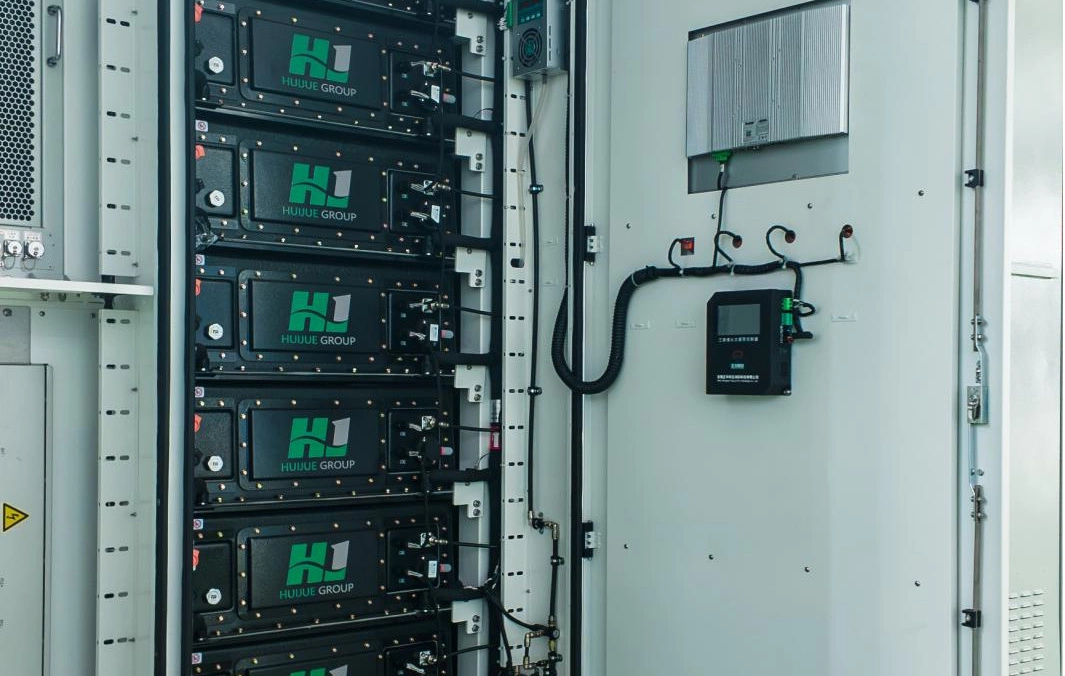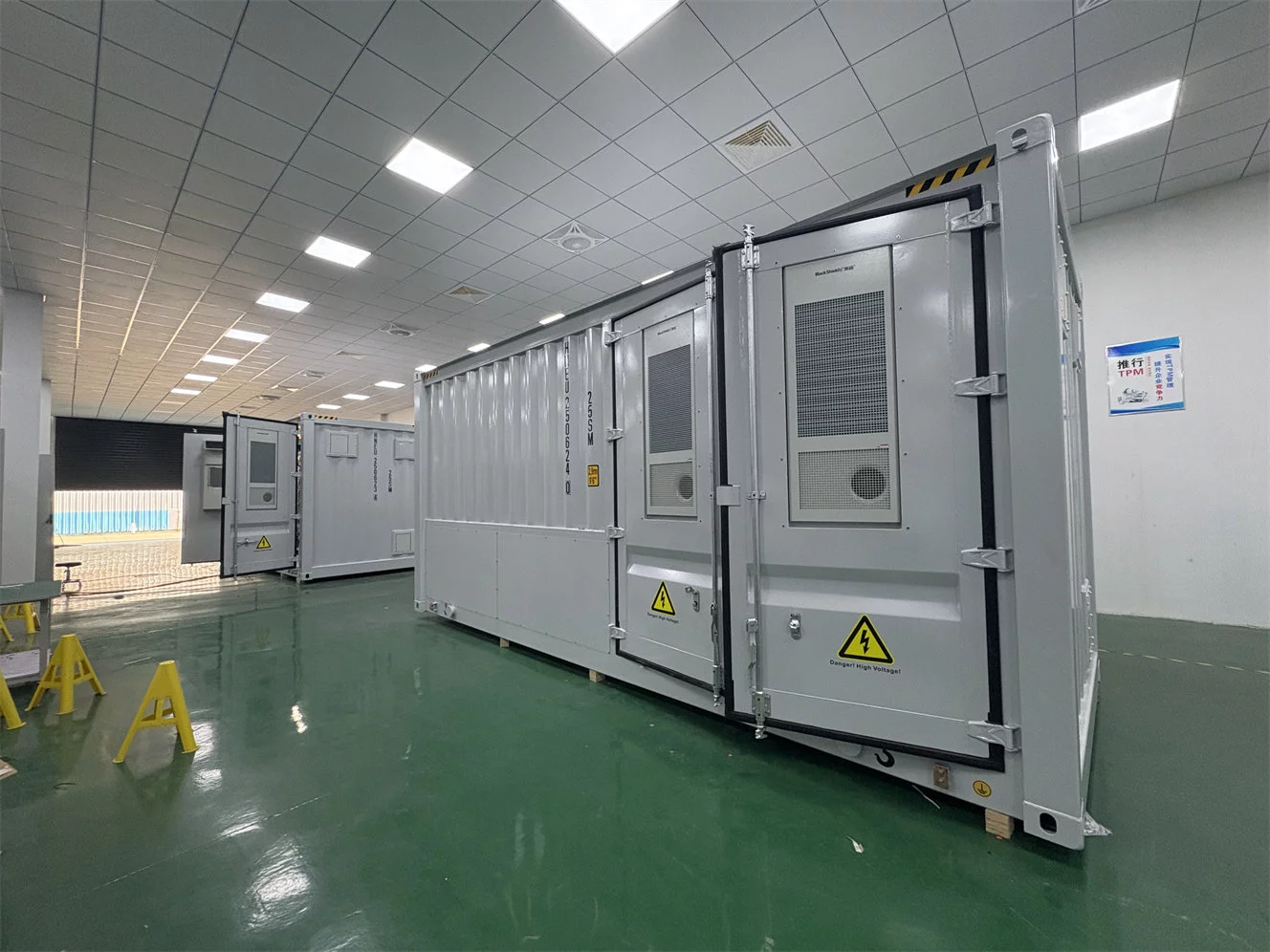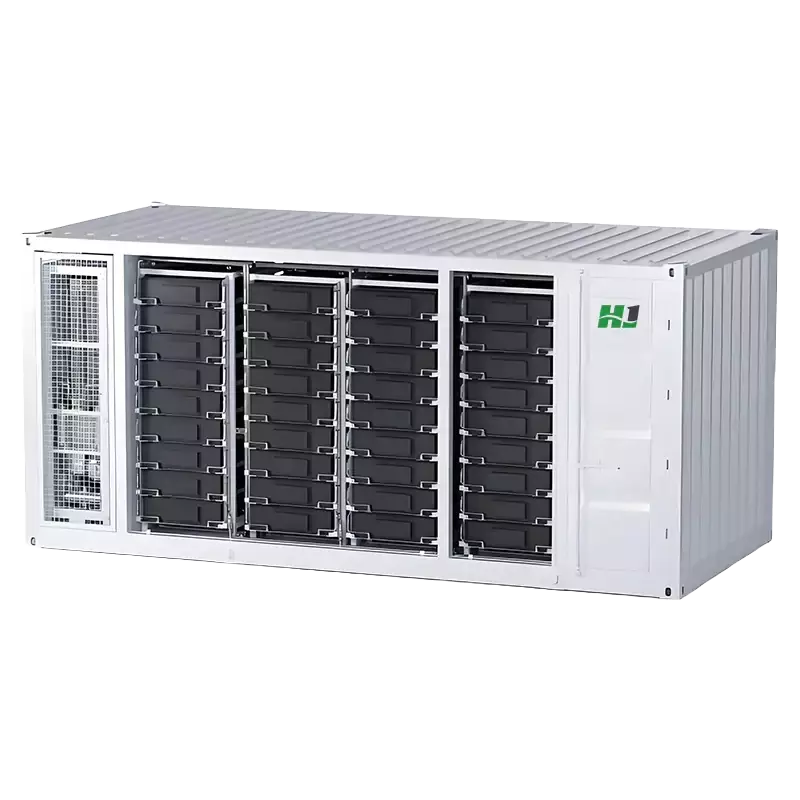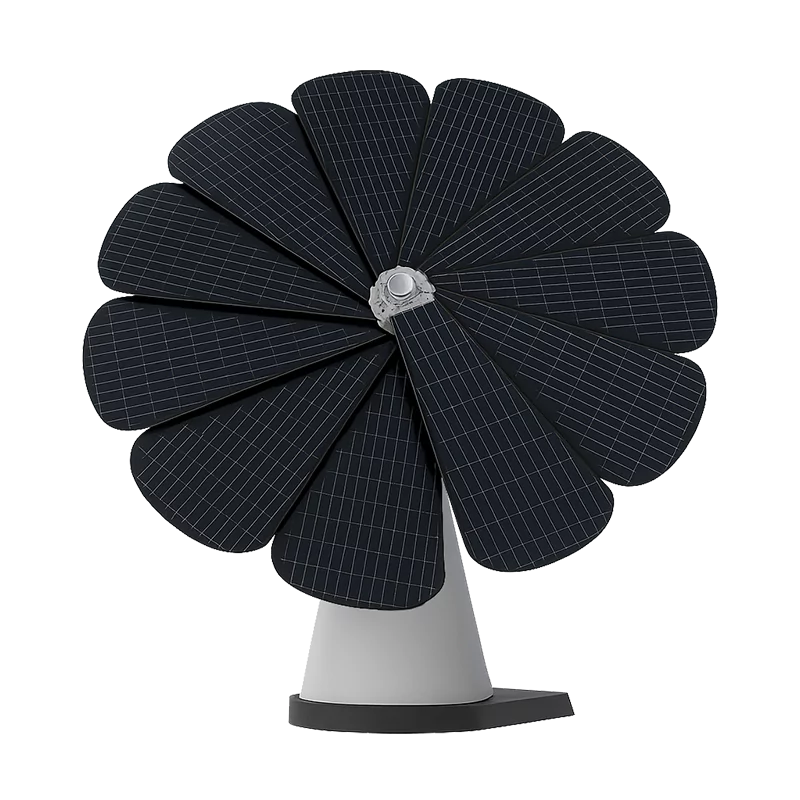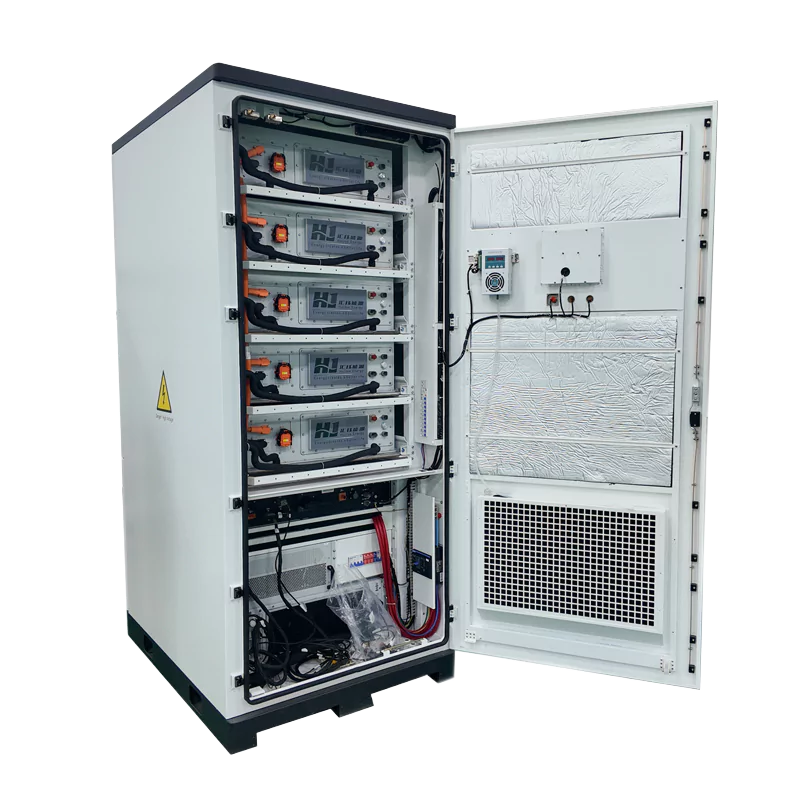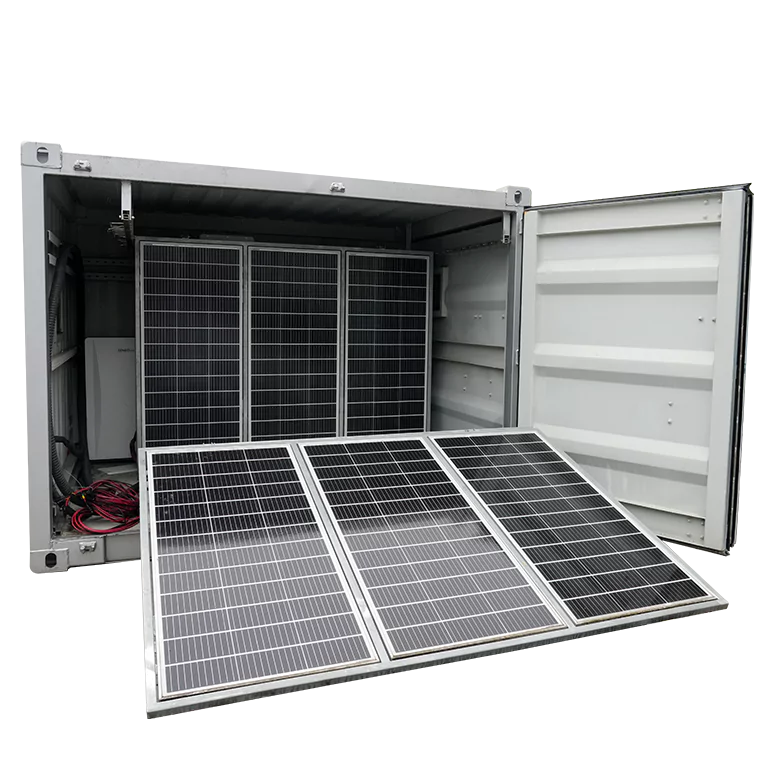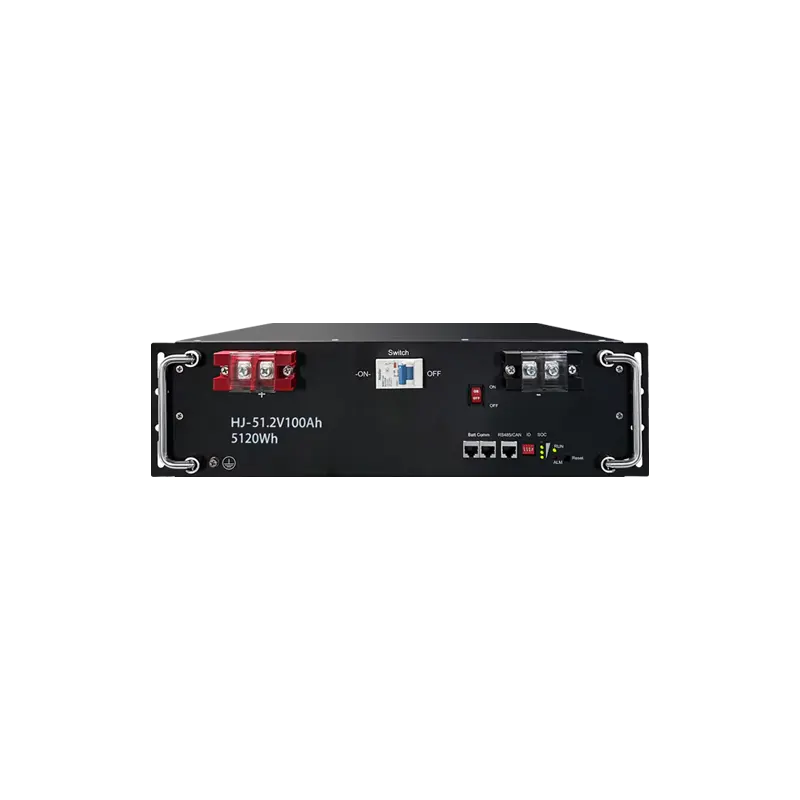Data Center PUE Improvement: Proven Site Energy Strategies
As data center scale and compute density continue to grow, improving energy efficiency has become a critical priority. PUE (Power Usage Effectiveness) is one metric of operational efficiency for a data center—a comparison of total facility power to the power used by IT equipment. Ideally, PUE would be 1.0, but real-world operations usually range between 1.4 and 2.0, especially in legacy infrastructures.
Decreasing PUE is not just a sustainability goal—it directly results in reduced operating expenses, longer equipment life, and better data center grid integration. In this article, we explain how future-proof site energy infrastructure, next-gen cooling, and smart power management can lower PUE and future-proof your data center.
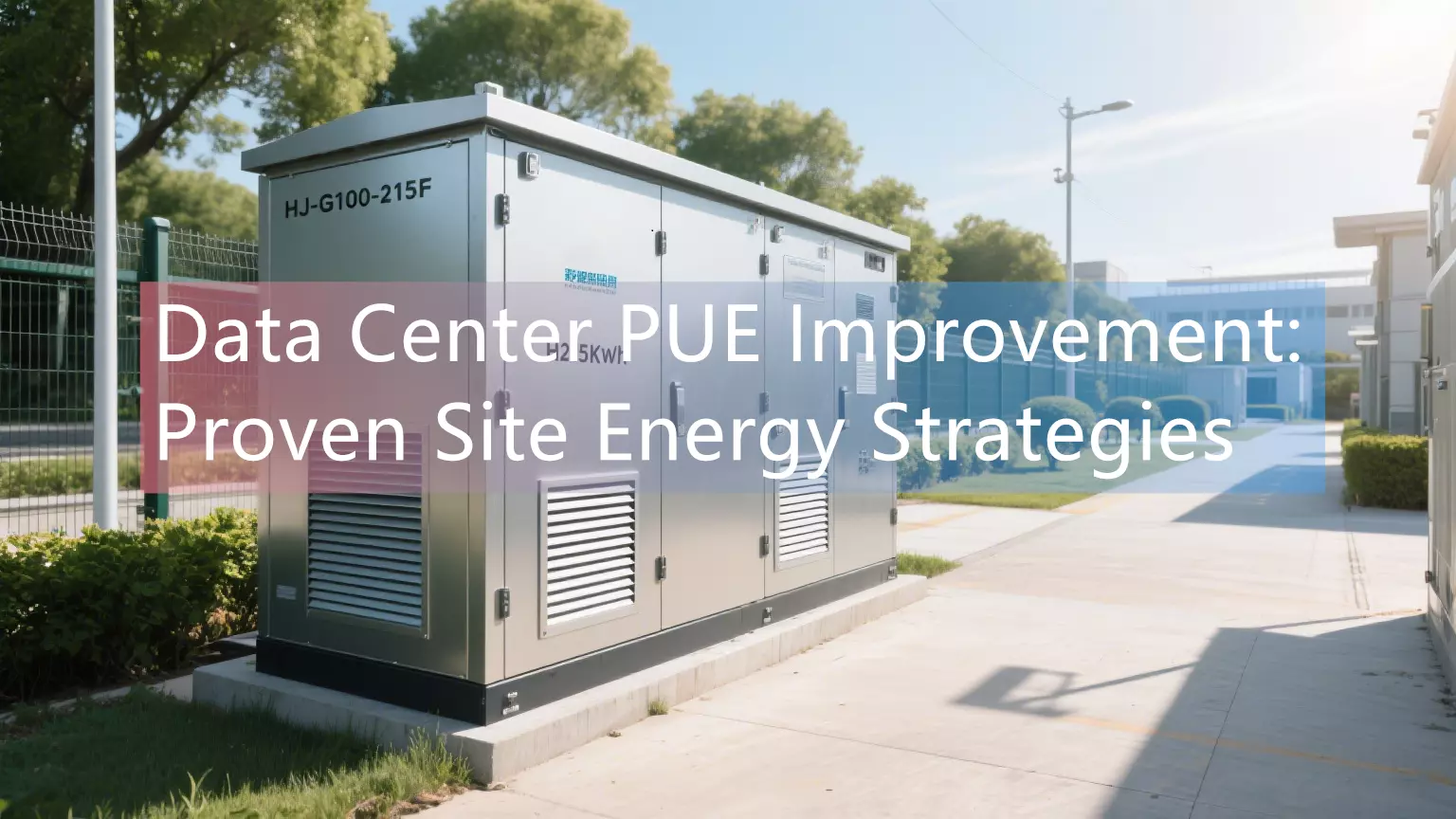
What Is PUE and Why It Matters
PUE = Total Facility Energy / IT Equipment Energy
A PUE of 1.0 means all energy goes to computing, while anything higher indicates inefficiencies—primarily from cooling, power conversion, and lighting. Optimizing site infrastructure is key to minimizing these losses.
Other countries like China, Germany, and Singapore already have PUE standards as policy. For example, China’s Ministry of Industry and Information Technology mandates that hyperscale data centers achieve a PUE below 1.3 by the year 2025. This is a worldwide trend where PUE compliance becomes not just a best practice—but a requirement.
Key Strategies to Reduce Data Center PUE
1. Liquid Cooling: A Thermal Game Changer
Cooling accounts for 30–40% of total data center energy consumption, according to a 2022 report by the Uptime Institute. One of the best ways to reduce PUE is to shift from air to liquid cooling systems.
HighJoule’s 418kWh Liquid-cooled Energy Storage Cabinet (HJ-G215-418L) integrates high-precision liquid-cooled battery modules that attain thermal balance and lower cooling loads on external HVAC systems. Liquid cooling, by eschewing high-volume airflow needs, enables more than 40kW of rack densities and lowers cooling energy consumption by up to 50%.
In high-density AI data centers, direct chip cooling or rear-door heat exchangers can be employed to maintain the working environment at optimum with reduced wasted energy—taking PUE down to almost 1.2.
2. Deploy Intelligent Energy Storage for Load Optimization
Energy Storage Systems (ESS) are no longer operating in the backup mode alone. They actually support load shifting, peak shaving, and power smoothing—especially in times of high tariffs.
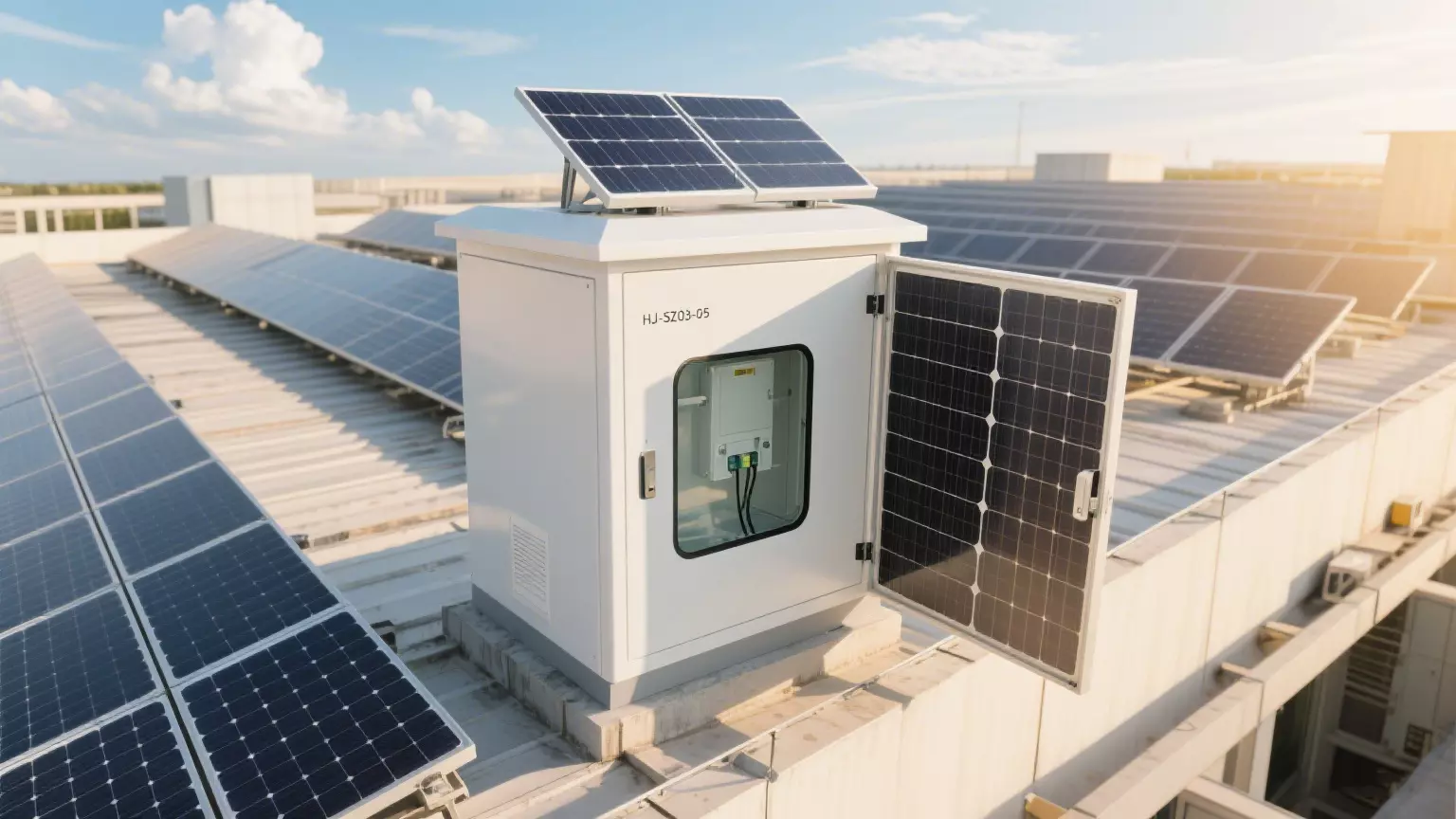
HighJoule’s 215kWh Outdoor Energy Storage Cabinet (HJ-G100-215F) allows data centers to store cheaper off-peak power and release it during peak energy demand, significantly cutting running costs and dependency on the grid. It flattens the energy curve and provides consistent PUE in specific, especially in locations with poor power supply or high rates.
For data centers planning for long-duration storage, the HJ-NESS sodium-ion battery system offers low-cost, high-cycle energy buffering lithium-free—ideal for green, mass deployment.
3. Integrate Renewable Power to Decouple from Grid
Solar or hybrid renewable power powering your facility reduces your carbon footprint along with your PUE numerator (total energy input). On-site solar generation can feed directly to cooling systems and server racks and shift load off the utility grid.
HighJoule’s HJ-SPW-C series energy storage cabinet and folding PV storage kits can provide flexible renewable power to edge data centers or containerized solutions. With energy storage, they can provide up to 30% of daily power capacity—especially during maximum sun hours.
4. Use Energy Management Software for Real-Time Optimization
Low PUE is not really a matter of the hardware; it’s a matter of running the system. HighJoule’s Intelligent EMS (HJ-IEMS) platform integrates real-time data from power consumption, cooling, and battery systems and employs that to automatically adjust in accordance with load, tariff, and generation conditions.
For instance, in periods of maximum solar irradiation, EMS can revert to PV + battery power while varying liquid cooling rates. At nighttime, it goes to grid or off-peak storage. Such choreography guarantees round-the-clock optimization of your energy flows with minimal human intervention.
5. Retrofit Strategy: Revitalizing Legacy Sites
Most operators believe that only new buildings are capable of low PUE. Yet, well-designed retrofits—particularly in cooling, UPS, and distribution—can achieve spectacular gains.
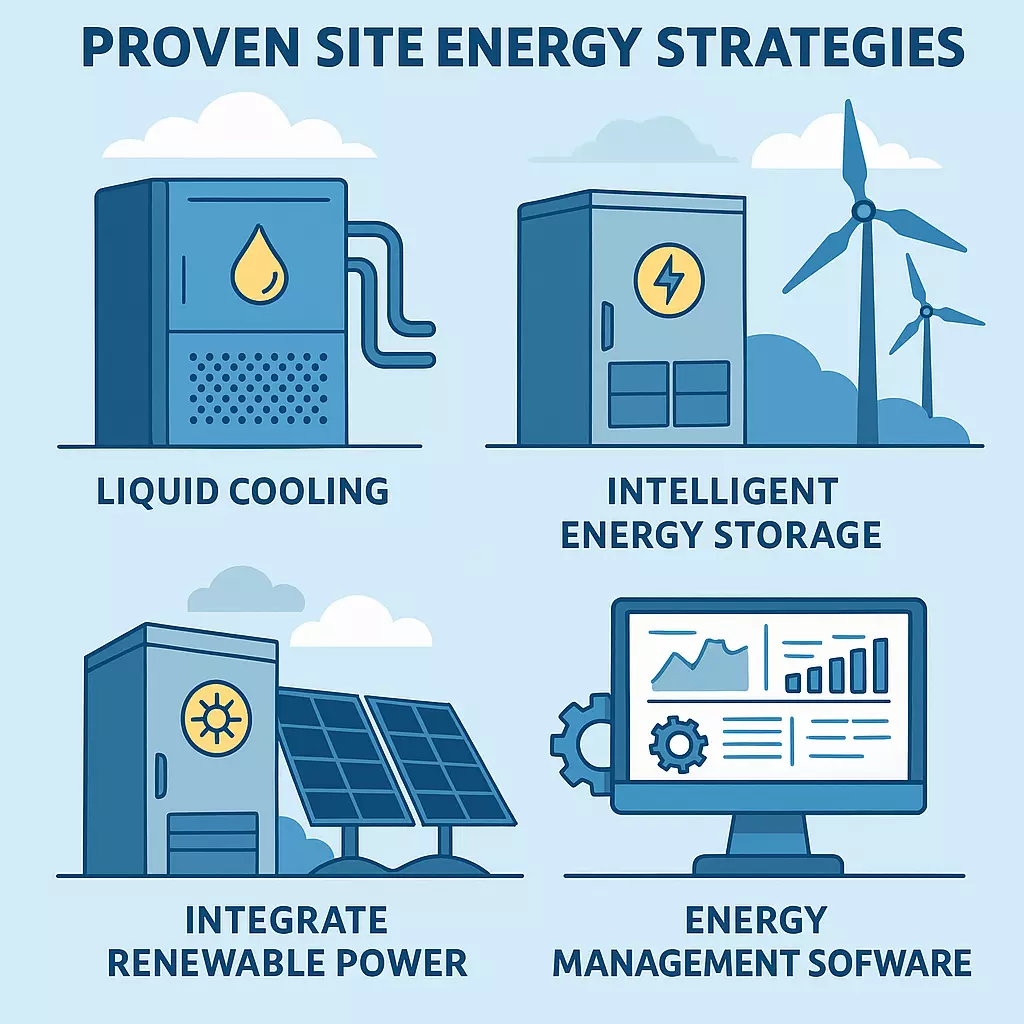
In a real-world retrofit project in Western Europe, PUE dropped from 1.8 to 1.4 over six months—achieving a 22% efficiency gain, as reported by Data Center Dynamics:
- Installing rooftop solar (500kW) + battery storage (2MWh)
- Replacing CRACs with liquid cooling for dense racks
- Implementing predictive load shifting via EMS
Most crucial learning: PUE optimization is not equipment selection—it’s system integration.
Last Thoughts: Toward Sub-1.3 Data Centers
The path forward to better PUE encompasses multi-layered strategies:
- Efficient cooling (liquid-based or hybrid)
- Intelligent site-level energy storage
- Renewable generation
- Predictive and automated energy management
As green regulations start to clamp down and energy prices rise, investing in site energy intelligence isn’t an option—it’s the starting point.
HighJoule delivers scalable, converged power and cooling technologies to propel your facility to the next level of energy efficiency. Whether you’re building a new facility or retrofiting existing systems, we provide you with the capabilities to achieve sub-1.3 PUE without compromising on reliability.
Ready to improve your data center PUE? Discover our complete line of site energy solutions or get in touch for a tailored consultation today.
Find Your Solar + Battery Storage Specialist Now!
* Fill out this form and our experts will help you find the perfect solar storage solution for your home or business.


